If you have diabetes, you may have experienced some complications that can arise from the disease. One such complication is diabetic foot callus. This condition is painful and can lead to serious infections and even amputations if not treated properly. This article will discuss the causes, prevention, symptoms, and treatment of diabetic foot callus.
What is Diabetic Foot Callus?
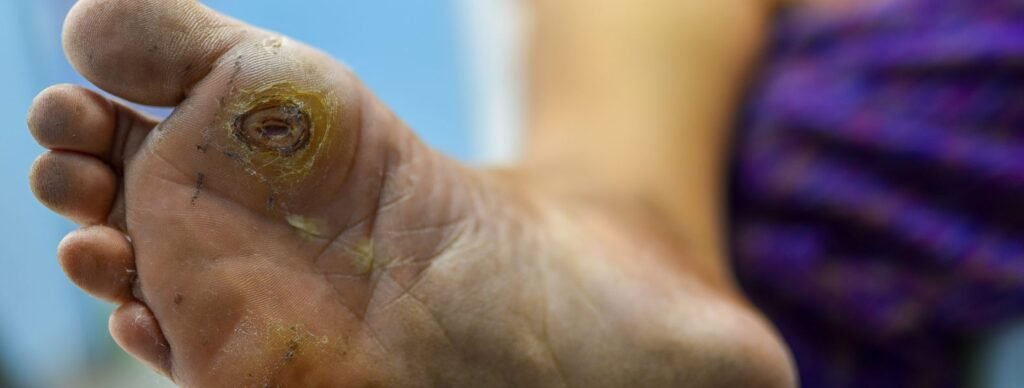
A diabetic foot callus is a thickening of the skin on the bottom of the foot caused by pressure or friction. It is common among people with diabetes because they may have decreased circulation, nerve damage, or both. When the skin on the bottom of the foot is subjected to too much pressure or friction, it responds by producing more skin cells, which results in the formation of calluses.
Causes of Diabetic Foot Callus
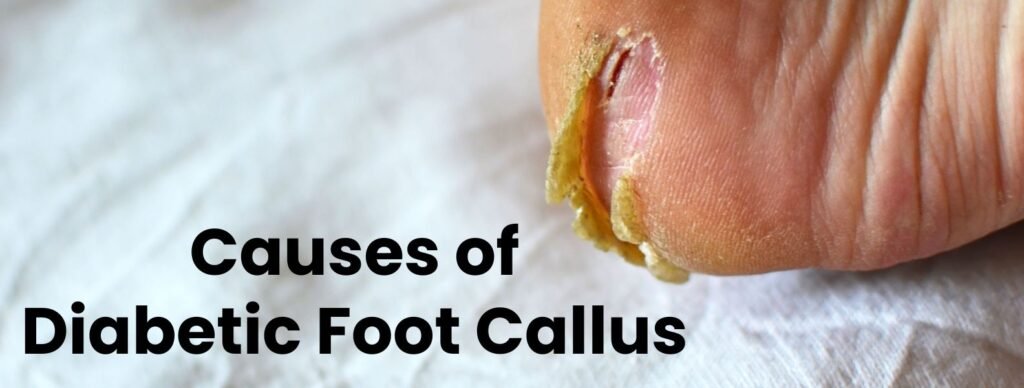
The following are the most common causes of diabetic foot callus:
Poorly Fitting Shoes
Putting on shoes that don’t fit right can cause pressure and friction on the bottom of the foot, leading to the development of calluses.
Foot Abnormalities
Foot abnormalities such as hammertoes, bunions, or flat feet can cause pressure points on the foot, leading to callus formation.
Poorly Controlled Blood Sugar
High blood sugar levels can cause nerve damage and decreased circulation, leading to callus formation.
Overweight or Obesity
Being overweight or obese can cause increased pressure on the bottom of the foot, leading to callus formation.
Symptoms of Diabetic Foot Callus

The following are the most common symptoms of diabetic foot callus:
Thickened Skin
The skin on the bottom of the foot may become thicker and harder than normal.
Yellow or Gray Discoloration
The callus may have a yellow or grey color.
Pain
The callus may be painful, especially when pressure is applied.
Cracks in the Skin
The skin on the bottom of the foot may crack, leading to infections.
Prevention of Diabetic Foot Callus
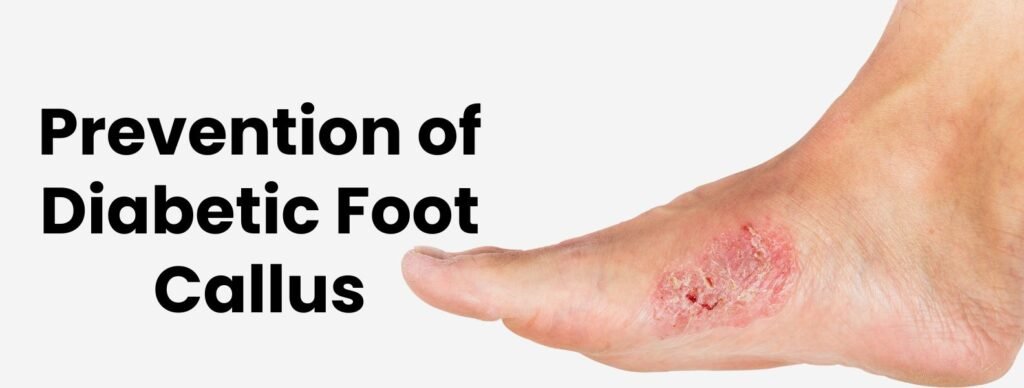
The following are some ways to prevent diabetic foot callus:
Wear Properly Fitting Shoes
Wear shoes that fit properly and have enough room in the toe area.
Inspect Your Feet Daily
Inspect your feet daily for any changes in the skin.
Keep Your Feet Clean and Dry
Wash your feet daily with warm water and mild soap and dry them thoroughly.
Trim Your Toenails Carefully
Trim your toenails straight across and avoid cutting corners too short.
Moisturize Your Feet Regularly
Apply a moisturizing cream or lotion to your feet regularly to keep the skin soft and supple.
Treatment of Diabetic Foot Callus
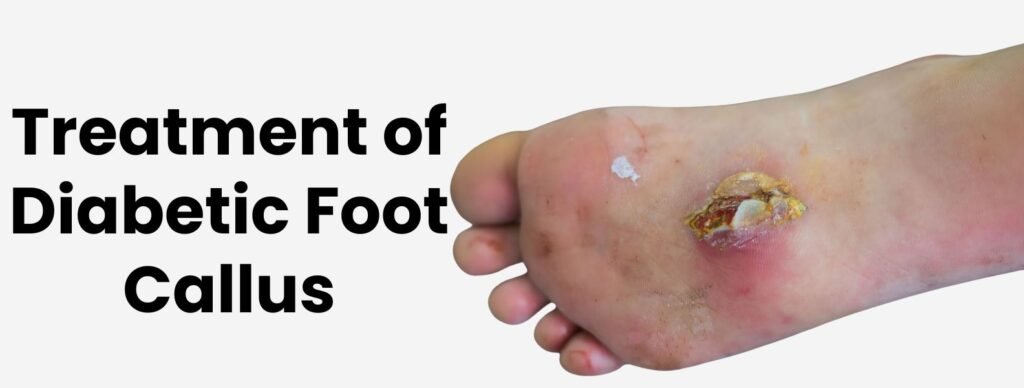
The following are some ways to treat diabetic foot callus:
Regular Foot Exams
Regular foot exams by a podiatrist or healthcare provider can help detect calluses early and prevent complications.
Trimming of Calluses
A podiatrist can safely trim calluses to reduce pressure on the bottom of the foot.
Use of Padding
Padding can be used to reduce pressure on the bottom of the foot.
Orthotics
Orthotics can redistribute pressure on the bottom of the foot and prevent callus formation.
Surgical Removal
In severe cases, surgical removal of calluses may be necessary to prevent further complications.
Conclusion
Callus on a diabetic foot is a common complication among people with diabetes, leading to serious infections and even amputations if not treated properly. Individuals with diabetes must take preventative measures and seek medical attention if they notice any symptoms of diabetic foot callus. By following the prevention methods and seeking appropriate treatment, individuals can manage and avoid complications associated with diabetic foot callus.
FAQs
Can anyone develop diabetic foot calluses?
Diabetic foot calluses are more common in individuals with diabetes, especially those with poorly controlled blood sugar, nerve damage, or decreased circulation.
Are any specific shoes recommended for individuals with callus on a diabetic foot?
It is recommended to wear shoes that fit properly and have enough room in the toe area to prevent pressure and friction on the bottom of the foot.
How can I prevent callus on a diabetic foot?
Preventative measures include wearing properly fitting shoes, daily foot inspections, keeping feet clean and dry, trimming toenails carefully, and moisturizing feet regularly.
What should I do if I notice symptoms of diabetic foot callus?
Individuals should seek medical attention from a podiatrist or healthcare provider who can provide appropriate treatment and preventative care.
Can callus on a diabetic foot be treated?
Yes, diabetic foot calluses can be treated through regular foot exams, trimming of calluses, padding, orthotics, and in severe cases, surgical removal.

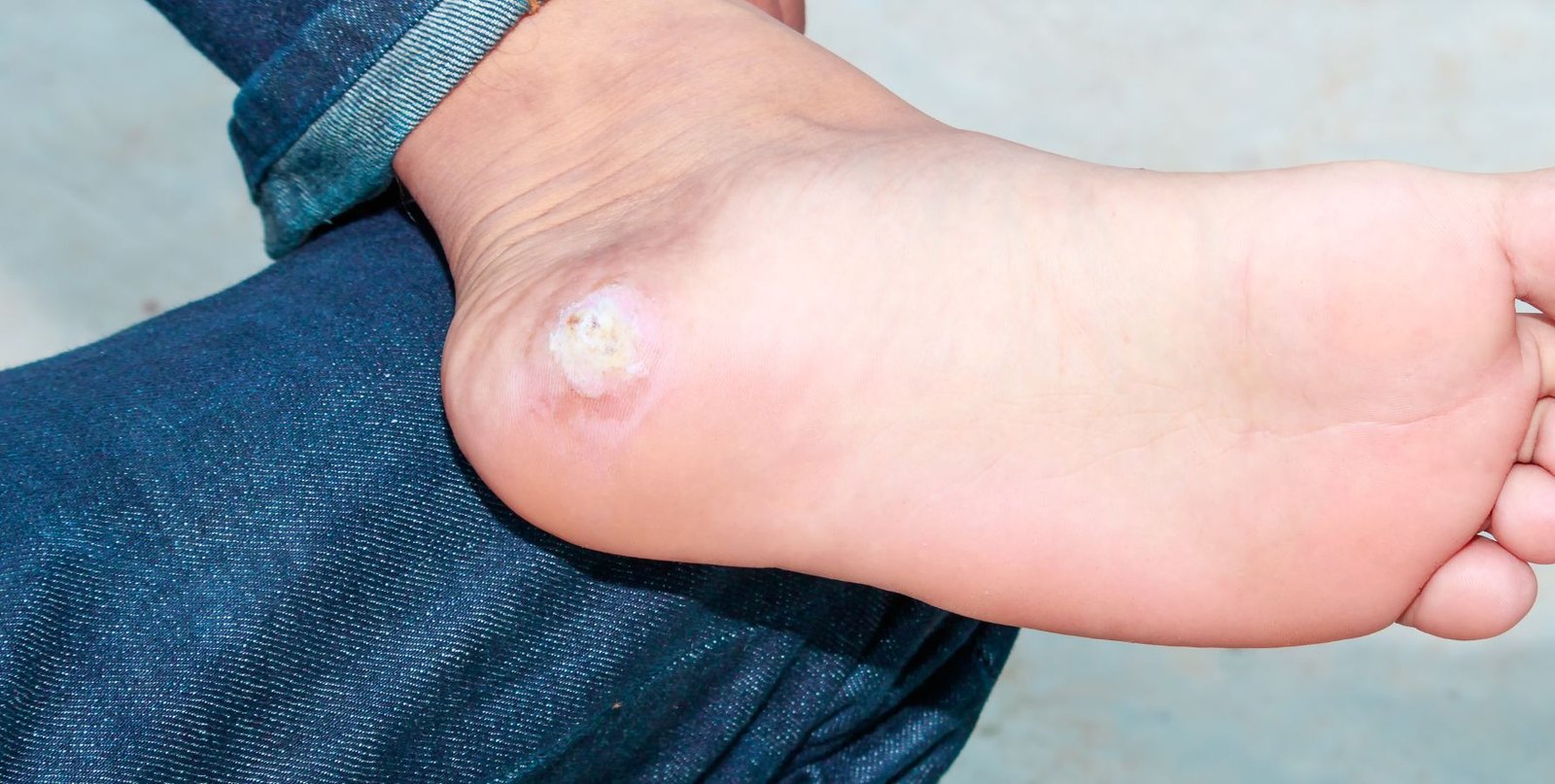

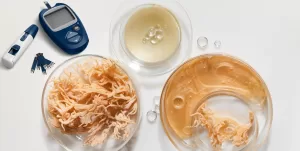



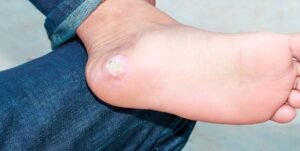
0 Comments